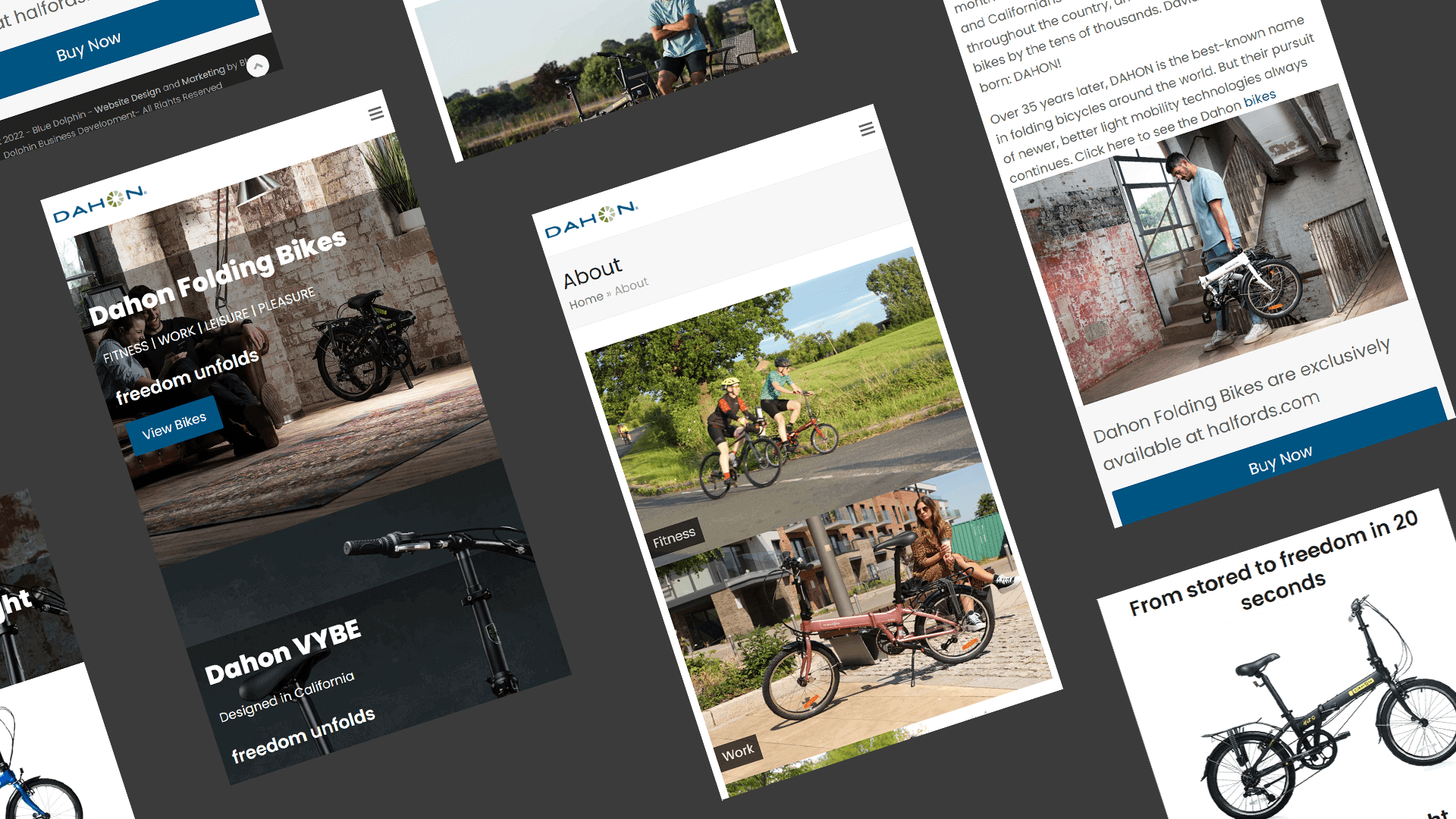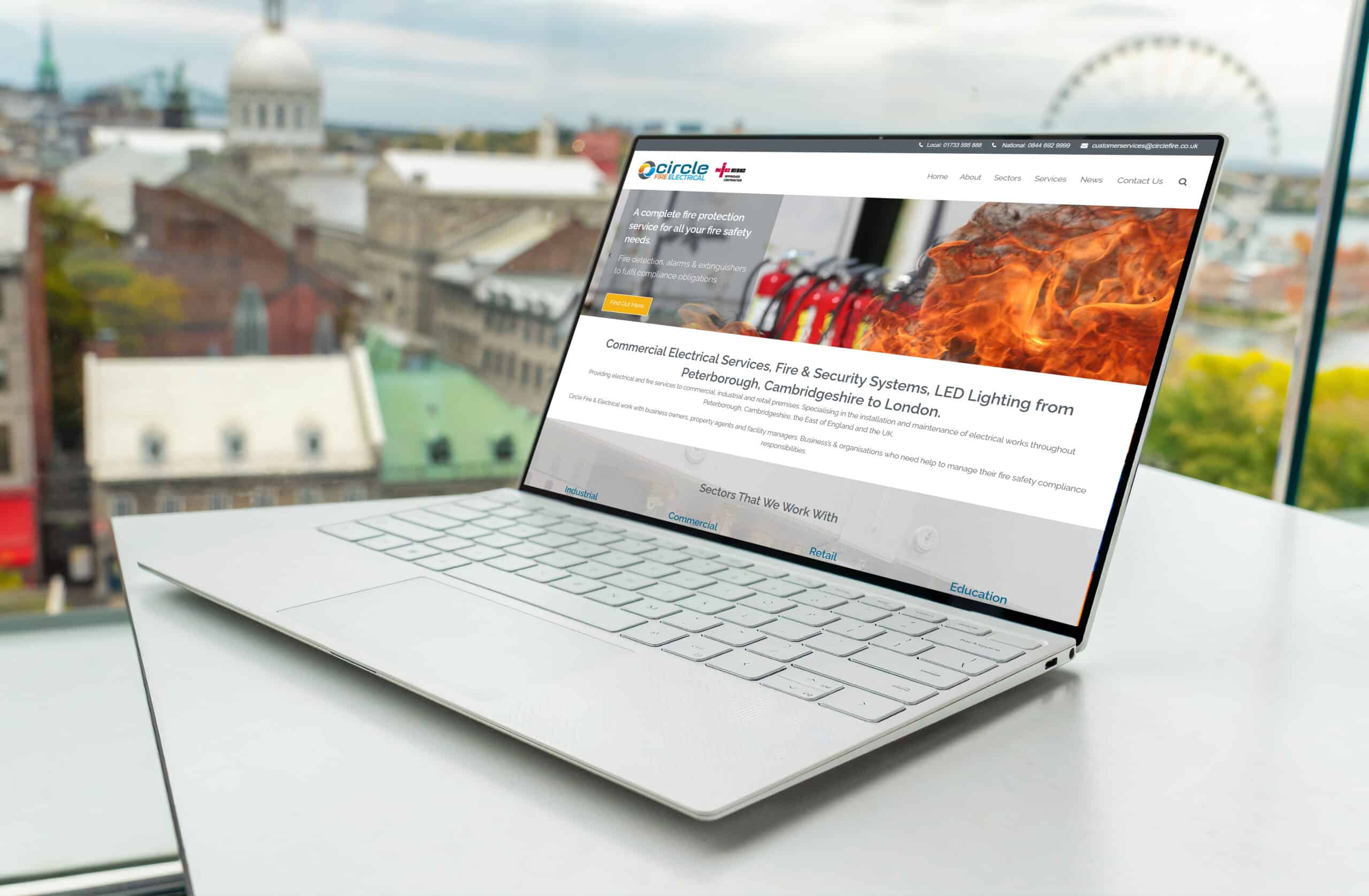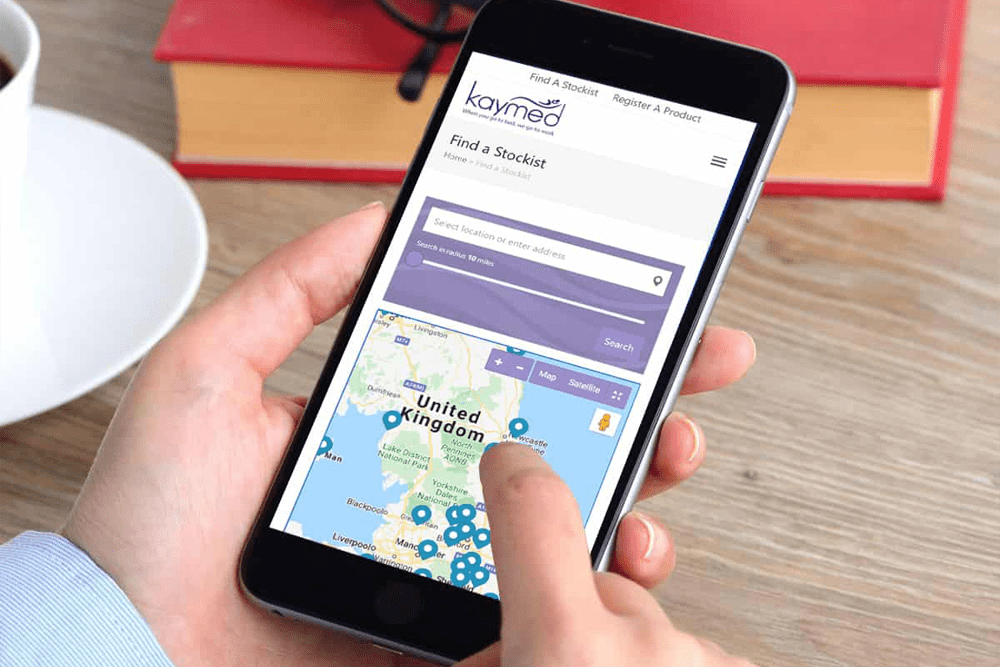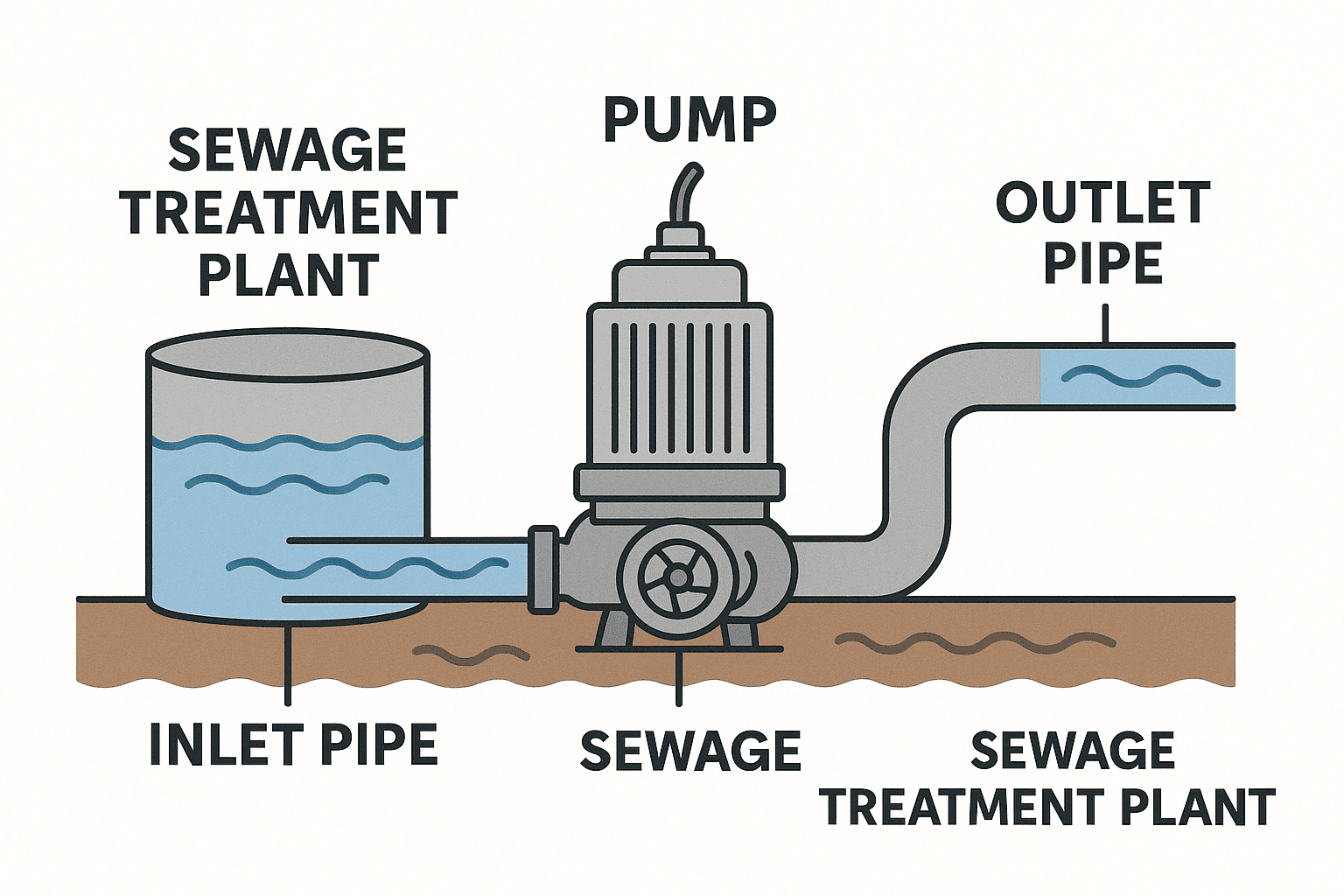Looking at developing a website. The following website launch checklist is designed to make sure it goes to plan.
The launch of a new website holds countless opportunities, for you to improve your sites credibility, enquiries and conversion.
With a website development, because there are so many separate but connected parts, it’s important to make sure you’ve got a clear development plan to follow. Otherwise, it’s easy to overlook what appear minor details – many of which could impact the success of your new website.
What’s the purpose of your website – Goal Setting
The first step in creating your new website is to consider your business goals, this will enable you to establish the core purposes of the website:
While you don’t need to have every single detail of your website figured out, understanding your future goals will help you make better decisions now. Think about the strategy for achieving your goals:
Capture your thoughts so you can stay organised while you build your new website.
Choosing a website platform
You need to choose a platform on which to build your website. There all-in-one solutions such as Squarespace or Wix which are advertised on TV and may seem appealing for beginners. However, we recommend using WordPress.
WordPress offers several advantages that make it an ideal choice for creating a website:
An advantage to using WordPress (and one that distinguishes WordPress from platforms such as Wix & Yell) is that if you decide to change web hosts, it’s relatively easy to migrate your website from one host to another. That’s something you simply can’t do easily with all-in-one solutions.
Types of web hosting
There are a variety of hosting approaches to choose from including shared hosting, managed hosting, virtual private server (VPS) hosting, and dedicated hosting.
- Shared hosting – This allows multiple users to access and share resources on a single server, such as bandwidth and disk space. This option is cost effective and convenient for website owners, since they don’t have to purchase their own physical servers or manage them.
- Managed hosting is a type of web hosting service where the provider takes responsibility for all aspects of maintaining and managing your website. From hardware installation and software configuration to security updates and monitoring. This allows businesses to focus on developing their website instead of dealing with maintenance and server issues.
- VPS hosting provides users with their own secure environment to host their websites. This type of hosting allows you to customise your operating system and software packages, as well as manage your own resources like bandwidth and storage space.
- Dedicated hosting provides users with complete control of their server and its resources. As you would expect Dedicated hosting is the most expensive option but provides customers with the highest level of performance. Unlike shared or VPS hosting solutions, dedicated hosting offers exclusive access to all the system’s resources. This makes it ideal for businesses that require superior performance and scalability.
Shared hosting is fine as a starting point for most businesses. As your business grows, you can scale up your hosting plan accordingly.
Website Architecture
Permalinks are the permanent URLs of your content, such as blog posts and pages. Setting them correctly will ensure that visitors can easily find their way around your website and that search engines can index them properly.
The most important thing to keep in mind when setting up permalinks is SEO (Search Engine Optimization). An SEO-friendly URL should include keywords relevant to the page and be easy for both users and search engine crawlers to understand. Generally speaking, short and simple works best.
Website Design
A consistent branding strategy typically, translates to using the same logo design, typography, colour scheme, and imagery. So use the same core elements associated with your brand across your website, social media accounts, and printed materials.
This consistency can help establish trust and credibility with potential customers which builds familiarity
Install Your WordPress Theme
There are many WordPress themes available and if you use a templated theme this will determine the overall look and feel of your website:
- The layout of your homepage
- Whether or not your site has a sidebar
- The layout of your website headers and footers
- The layout of your blogroll page
- What your blog posts look like
At Blue Dolphin we use a theme that doesn’t have any limitations, so with the same theme you can create multiple designs
Developing a Webiste – Content for the web pages ( images and words)
In an ideal world before you begin building the pages of your website, create the draft the copy for them and gather the images you’ll need to create compelling content. Clearly identify the type of content each page will feature including the calls to action. Content on the page should be optimised for search engines by including relevant search words and phrases, as well as giving each page an accurate meta description.
The meta description is what appears in search engine results and encourages visitors to click through and read your content. So it’s well worth taking an extra minute or two to write a fantastic meta description that draws readers in.
Just as its important to know what the purpose of your website, be clear to ensure each page has a core reason for being included
Fundamental pages for a typical website will include
Homepage
A well designed homepage serves as the shop front of your website. A good looking relevant page will draw visitors in, a poorly designed, complex, unstructured home page may prevent visitors from entering further into the site.
A simple technique is to look at the content that first appears and ask yourself from this information can I tell what you do. Consider your website objectives and place your most important call-to-action higher up on your homepage to encourage conversion-focused interaction.
Contact Page
It’s crucial to let your visitors know how they can contact you. A contact page gives your visitors an easy way to reach out and it adds an extra level of legitimacy and trustworthiness to your website. This is particularly relevant where you can showcase a physical address, telephone number, email, contact form.
About Page
A well crafted about page helps your visitors understand who you are, what you do, and how your business can help them. Your about page is a great place to mention any awards or certificates, glowing testimonials, and any background information that will help build trust with your visitors.
News Page
News is an excellent way to increase your visibility online, showcase your expertise, and build a dedicated following. Writing search optimised news posts allows businesses to share information and importantly add new authority content to their websites.
The Legal Stuff – A Privacy Policy Page
It’s important to have a privacy policy page for your website to protect both you and your visitors. Your privacy policy page should accurately state what data you collect from customers, how it’s used, who has access to it, and how it’s stored.
Category Pages
A category page is a page that sits above your product pages in your site hierarchy. It is essentially a topic page for a group of products. It helps a user navigate to the section of your site they want and find the specific product types they are looking for.
Product or Service pages
A product or service page is a page on a company website that showcases the products or services a customer is able to buy. It’s a page that helps customers decide what they want to buy according to different specifications like price, features, reviews, and product comparison
Other Pages
- Frequently Asked Questions (FAQ ) page, is a key part of a knowledge base because it addresses the most common questions customers have and is useful to customers at all stages of the customer journey. FAQs start with a question and then answer it concisely
- Testimonials page serves as a platform to show off how others have benefited from your product or service, making it a powerful tool for establishing trust and encouraging potential buyers to take action. Additionally, having a testimonial page serves as yet another indexed page on your website
- 404 page. A 404 page is a landing page that tells your site viewers the requested page is unavailable or, in some cases, doesn’t exist. A 404 error tells users the page cannot be accessed. We also recommend taking a few moments to optimize your 404 page.
Want to pick up the phone and speak to us about your Website project?
Call us on: 01733 361729 mail: solutions@bdolphin.co.uk
Formatting and Checking Your Content
After creating the required pages for your website, take time to read through your content and check for anything that might detract from a good user experience.
Spelling, Grammar, and Factual Errors
Check spelling and grammar to ensure the copy on your website is error-free. Not so great at spelling and grammar? An option is to create the written content in Google Docs or Microsoft Word and use the relevant spell checker, before copying into the website. Additionally WordPress has a spell check facility.
Be aware to keep an eye out for factual errors or information that could potentially be misinterpreted.
Consistent Formatting
A subtle but important trust signal on your website is having consistent formatting across all pages.
- Be sure to use the same font styles, sizes, and colours throughout your site.
- Use the same navigation menu on each page to ensure uniformity and make it easy for visitors to find what they’re looking for. Again WordPress content Management allows us to create a structure of H1, H2, H3 etc
- Maintain consistency with headings, subheadings and other typographic elements such as bolding or italicizing certain words or phrases.
- Use adequate spacing between paragraphs to maintain a clean and organized look to your copy.
Images, Video, and Audio Files
Creating high-quality media is an important part of creating an engaging website experience for visitors
Add Alternative (Alt) Text To Your Images
Alt text is a descriptive phrase that helps search engines understand the content of an image (which also helps boost SEO!) and makes it easier for people with visual impairments to access information on the web. As you hover over an image, the alt text will be displayed.
In WordPress adding Alt text to images is very easy. We would always bets practice is to correctly label every image and also apply the Alt Text to every image on your website.
Make Sure You Have Clear Calls-To-Action
Calls-to-action are essential for guiding visitors on what action they should take once they are on your site. Without them, you could miss out on potential leads and sales. For us its like walking into a shop that has what you want, but none of the shop workers engage with you, or asks if they can help
For example, if you are a manufacturer of High Tip Buckets, the next step for someone visiting your website is to schedule a phone call about what their High Tip Bucket needs are. To do this, you might deploy a form on your website where visitors can input their name, email address, and phone number with call-to-action text like “Contact Us Today!”
Place calls-to-action in strategic locations across your website, where they can be easily spotted, and will be convenient for your visitors to act on.
Going Live
Set Up Google Analytics
Google Analytics allows website owners to track and analyse visitor data such as the number of visitors, pages viewed, bounce rates, session duration, device type and loads more. With this knowledge, you can make informed decisions about marketing strategies and design changes in order to optimise the visitor user journey and maximise visitor conversion.
In order to set up Google Analytics, you’ll first need to sign up for an Analytics account and get the tracking code for your website. Then, you’ll need to add your tracking code to your website. With the websites that we build this can be easily completed in a few clicks.
Make Sure You’re Allowing Search Engine Indexing
If you want to make sure your website appears in search engine results, then it’s very important that search engines know your website exists. After all, if the search engines don’t know where the different pages of your website are and what they’re about, then they won’t appear in the search results, meaning no organic traffic will reach the content you worked so hard to publish.
In WordPress, all it takes to signal to search engines that your website should be indexed is a couple of clicks. Simply go to Settings > Reading > Site Visibility, then be sure the option to Discourage search engines from indexing this site is unchecked.
If Needed Set Up 301 Redirects
If you’re migrating a website from one domain to another, i.e. from webdesignpeterborough.co.uk to bdolphin.co.uk then be sure to set up 301 redirects. A 301 redirect is a way of signaling to search engines that an old page has been permanently moved to a new page or URL.
This helps maintain the SEO value of the original page while also allowing visitors who click on outdated page links to be redirected to the new urls instead of seeing 404 error messages.
Review Browser Compatibility
The most popular web browsers today are Chrome and Safari, so be sure to view your website in both of those browsers to check for browser-induced design anomalies. For any website launch, it’s important to consider the various browsers your audience will be using to view your site. Additionally how does the website look on a variety of different sized monitors with different screen resolutions
Check for Mobile-Friendliness
Have you ever visited a website on a mobile phone and thought, “Hmm… this doesn’t look right.”
It’scritical to make sure your website looks great on multiple devices and screen sizes, as approximately half of total web visits are made using mobile devices
So in addition to testing your website on different browsers on a desktop computer, be sure to also test it on different browsers across tablets and mobile phones that use iOS and Android operating systems.
Testing, Testing, Testing
Allow time to make sure everything is working as it should, and that your audience is getting the best experience possible.
Test all the links, click all the buttons, and put yourself in the mindset of a new website visitor.
Ask yourself the following questions:
- Is it easy to navigate around the site, are there breadcrumbs ?
- How would I find more information about a particular product?
Make sure you test for
After giving your website a thorough test, you’ll be ready to go live
Remember this is just the start. Your website is never complete and needs to be constantly developed













